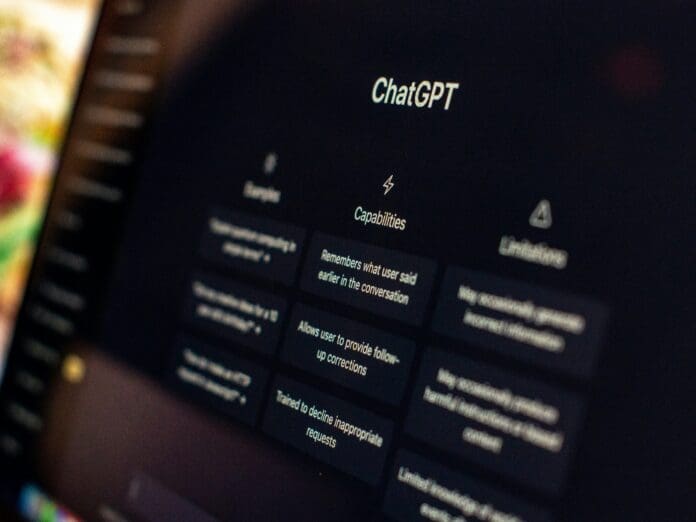This post is also available in:
 עברית (Hebrew)
עברית (Hebrew)
OpenAI has released GPT-5, its most capable language model to date, highlighting significant improvements in reasoning, accuracy, and usability across a wide range of professional domains.
The new model, now available to all ChatGPT users, includes upgraded capabilities in areas such as software development, mathematics, health information, and advanced problem-solving, according to a live stream the company held on August 7th. GPT-5 is designed to be more factual, less prone to hallucinations, and adaptable to user preferences — supporting flexible response styles and interactive features.
One key development is the model’s performance in tasks that require reasoning under uncertainty. According to OpenAI, GPT-5 is now comparable to or exceeds expert-level performance in roughly half of tasks across more than 40 knowledge areas, including law, engineering, and logistics. The company reports a substantial drop in factual errors: GPT-5 is 45% more accurate than GPT-4o on standard benchmarks.
In coding, GPT-5 introduces improved end-to-end software generation. With a single prompt, the model can now produce fully functional applications, complete with design elements and interactive components. Early demonstrations include web applications built from scratch in under two minutes, without user intervention. OpenAI describes this as a step toward “software on demand,” allowing non-technical users to turn ideas into working tools.
The new release also includes enhanced customization features. Users can now choose from different conversational styles — such as concise, technical, or supportive — and adjust the depth or tone of responses depending on task or preference.
GPT-5 has been made available at no cost to all users, though usage limits apply. A smaller “GPT-5 mini” model will take over once limits are reached, while higher tiers — including GPT-5 Pro — offer extended capabilities for subscribers and enterprise clients.
According to OpenAI, the model’s medical reasoning skills also represent a new high watermark, enabling more nuanced responses to health-related questions and assisting users in interpreting medical information more accurately.
With this release, OpenAI appears to be narrowing the gap between current-generation AI and its longer-term goal of general-purpose intelligence, while placing advanced capabilities in the hands of a broader user base.


























